Welcome to ReDeTec's interactive plastic repository! Discover a range of plastic types for 3D printing and their unique properties and practical applications. Dive in to our interactive repository to learn more about the common plastics used for 3D printing filament.
ABS (Acrylonitrile Butadiene Styrene)
|
Common Uses |
|
 |
Consumer |
- Toys like LEGO
- Keyboard keycaps
- Power tool housing
- 3D printing projects
|
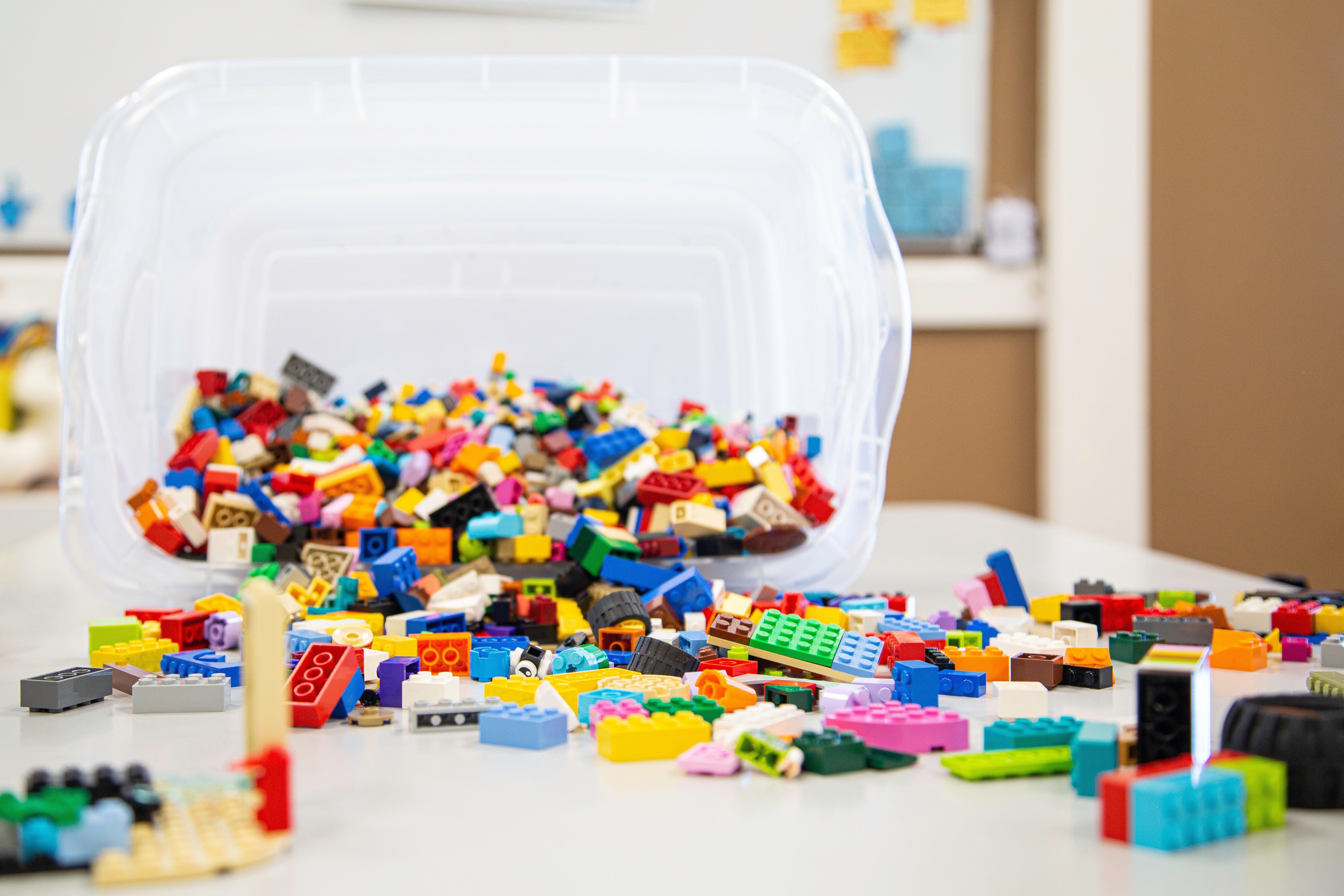 |
 |
Industry |
|
 |
|
|
|
|
Usability |
|
 |
Hygroscopy |
|
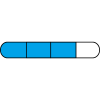 |
 |
Resistance to Elemental Degradation |
- Degrades in sunlight, with poor weatherability
|
 |
 |
Resistance to Chemicals |
- Dissolves in certain solvents and greases
|
 |
|
|
|
|
Printability |
|
 |
Resistance to Warping and Shrinkage |
- Printed parts are prone to warping and shrinkage
|
 |
 |
Bed Adhesion |
- A heated bed is important, as bed adhesion is sometimes poor
|
 |
 |
Melt Temperature Range |
- 210°C - 250°C
- 410°F - 482°F
|
![]() |
 |
Smells |
- Emits a strong, sweet, toxic smell when melted (styrene). Use adequate ventilation while melting
|
 |
 |
Post-Processing Ability |
- Easy to machine
- Easy to paint and glue
- Easy to sand
- Acetone can be used to polish
|
 |
 |
Abrasiveness to Print Nozzle |
|
 |
 |
Cost to Purchase |
- ~22 USD for a 1kg, 1.75mm spool
|
 |
|
|
|
|
Safety and Environmental |
|
 |
Toxicity when Solid |
|
 |
 |
Toxic Gasses when Melted |
- Offgasses styrene, which is a hazardous VOC (Volatile Organic Compound). Use adequate ventilation while melting
|
 |
 |
Food Safety |
- Limited food safety. 3D printed parts are not food safe
|
 |
 |
Made from Renewable Materials? |
|
 |
 |
Recyclability |
|
 |
PLA (Polylactic Acid)
|
Common Uses |
|
 |
Consumer |
|
 |
 |
Industry |
- Food packaging
- Medical implants
|
 |
|
|
|
|
Usability |
|
 |
Hygroscopy |
|
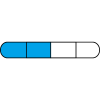 |
 |
Resistance to Elemental Degradation |
- Deforms in sunlight and in hot conditions
|
 |
 |
Resistance to Chemicals |
- Resistant to most common solvents like acetone
- High-strength solvents will cause degradation
|
 |
|
|
|
|
Printability |
|
 |
Resistance to Warping and Shrinkage |
- Printed parts may warp with insufficient print cooling
|
 |
 |
Bed Adhesion |
|
 |
 |
Melt Temperature Range |
- 190°C - 220°C
- 374°F - 428°F
|
![]() |
 |
Smells |
- Emits a slightly sweet, non-toxic smell when melted
|
 |
 |
Post-Processing Ability |
- Sanding/polishing is commonly used to smooth prints
|
 |
 |
Abrasiveness to Print Nozzle |
|
 |
 |
Cost to Purchase |
- ~19 USD for a 1kg, 1.75mm spool
|
 |
|
|
|
|
Safety and Environmental |
|
 |
Toxicity when Solid |
|
 |
 |
Toxic Gasses when Melted |
|
 |
 |
Food Safety |
- Safe if kept pure and uncontaminated. 3D printed parts are not food safe
|
![]() 
|
 |
Made from Renewable Materials? |
- Yes, made from ingredients like corn starch or sugarcane
|
 |
 |
Recyclability |
- Easily recycled and industrially compostable
|
 |
PETG (Glycolized Polyethylene Terephthalate)
|
Common Uses |
|
 |
Consumer |
- 3D printer prototyping
- Mechanical and protective components
|
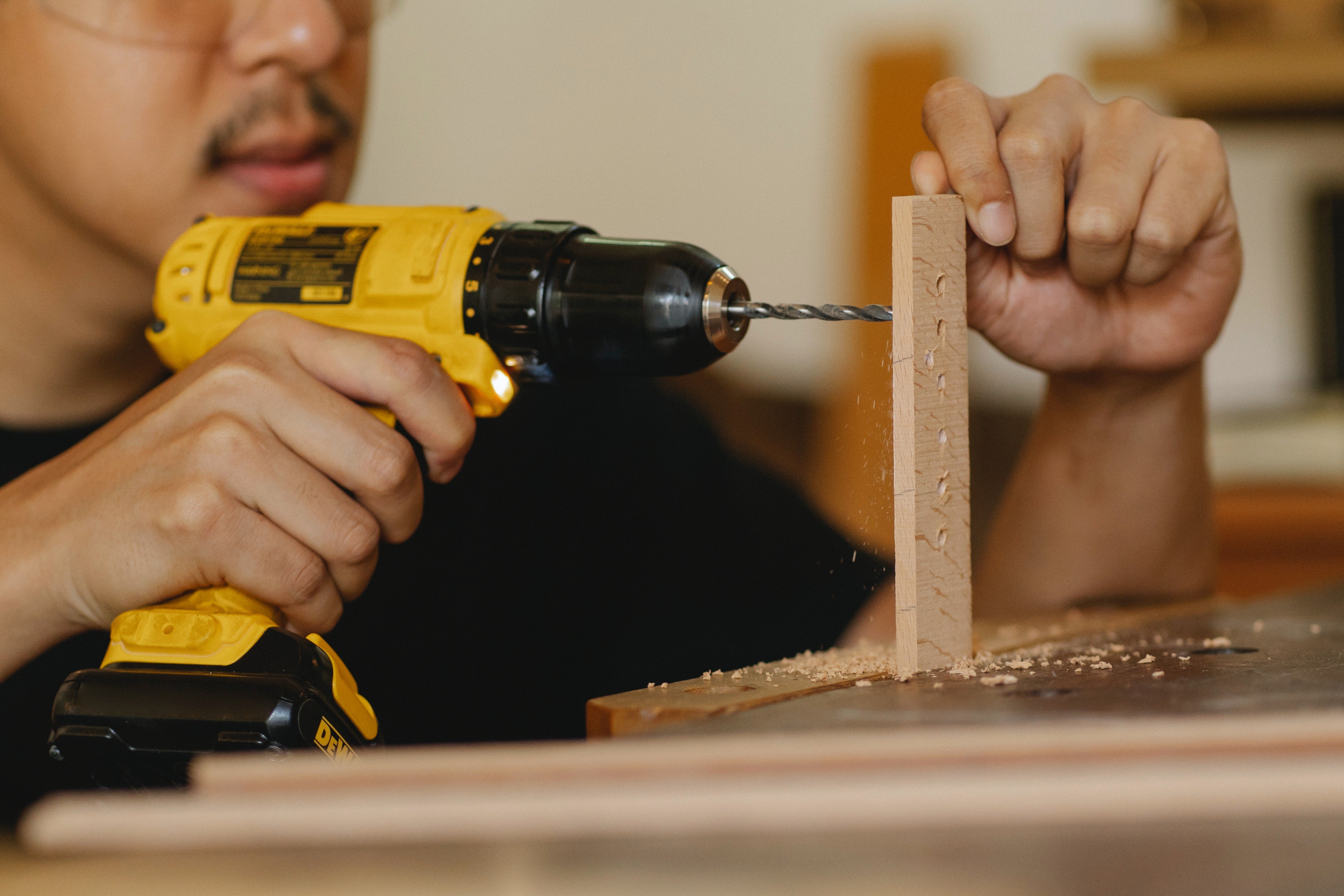 |
 |
Industry |
|
 |
|
|
|
|
Usability |
|
 |
Hygroscopy |
|
 |
 |
Resistance to Elemental Degradation |
- Degrades in hot environments
- Fares decently under UV light
|
 |
 |
Resistance to Chemicals |
|
 |
|
|
|
|
Printability |
|
 |
Resistance to Warping and Shrinkage |
|
 |
 |
Bed Adhesion |
- A heated bed is not necessary but helps to reduce any warping
|
 |
 |
Melt Temperature Range |
- 220°C - 250°C
- 428°F - 482°F
|
![]() |
 |
Smells |
- Emits minimal smell when melted
|
 |
 |
Post-Processing Ability |
- Able to be sanded and glued
|
 |
 |
Abrasiveness to Print Nozzle |
|
 |
 |
Cost to Purchase |
- ~22 USD for a 1kg, 1.75mm spool
|
 |
|
|
|
|
Safety and Environmental |
|
 |
Toxicity when Solid |
|
 |
 |
Toxic Gasses when Melted |
|
 |
 |
Food Safety |
- Safe if kept pure and uncontaminated. 3D printed parts are not food safe
|
 |
 |
Made from Renewable Materials? |
|
 |
 |
Recyclability |
- Chemically and mechanically recyclable
|
 |
PA6 (Nylon 6)
|
Common Uses |
|
 |
Consumer |
|
 |
 |
Industry |
- Medical devices
- Fastener hardware
- Electrical wiring
|
 |
|
|
|
|
Usability |
|
 |
Hygroscopy |
|
 |
 |
Resistance to Elemental Degradation |
- Resistant to degradation in heat
- Fares decently under UV light
|
 |
 |
Resistance to Chemicals |
- Degrades only in strong acids and bases
|
 |
|
|
|
|
Printability |
|
 |
Resistance to Warping and Shrinkage |
- Less shrinkage than PA12, but still prone to warping
|
 |
 |
Bed Adhesion |
- Heated, stickier beds help to reduce warping
|
 |
 |
Melt Temperature Range |
- 230°C - 235°C
- 446°F - 455°F
|
![]() |
 |
Smells |
- Emits caprolactam with a strong sweet/burnt smell when melted. Use adequate ventilation while melting
|
 |
 |
Post-Processing Ability |
- Easy to dye and paint due to high hygroscopy
|
 |
 |
Abrasiveness to Print Nozzle |
|
 |
 |
Cost to Purchase |
- ~37 USD for a 1kg, 1.75mm spool
|
 |
|
|
|
|
Safety and Environmental |
|
 |
Toxicity when Solid |
|
 |
 |
Toxic Gasses when Melted |
- Caprolactam is emitted when melted. Use adequate ventilation while melting
|
 |
 |
Food Safety |
- Safe if kept pure and uncontaminated. 3D printed parts are not food safe
|
 |
 |
Made from Renewable Materials? |
|
 |
 |
Recyclability |
|
 |
PA12 (Nylon 12)
|
Common Uses |
|
 |
Consumer |
|
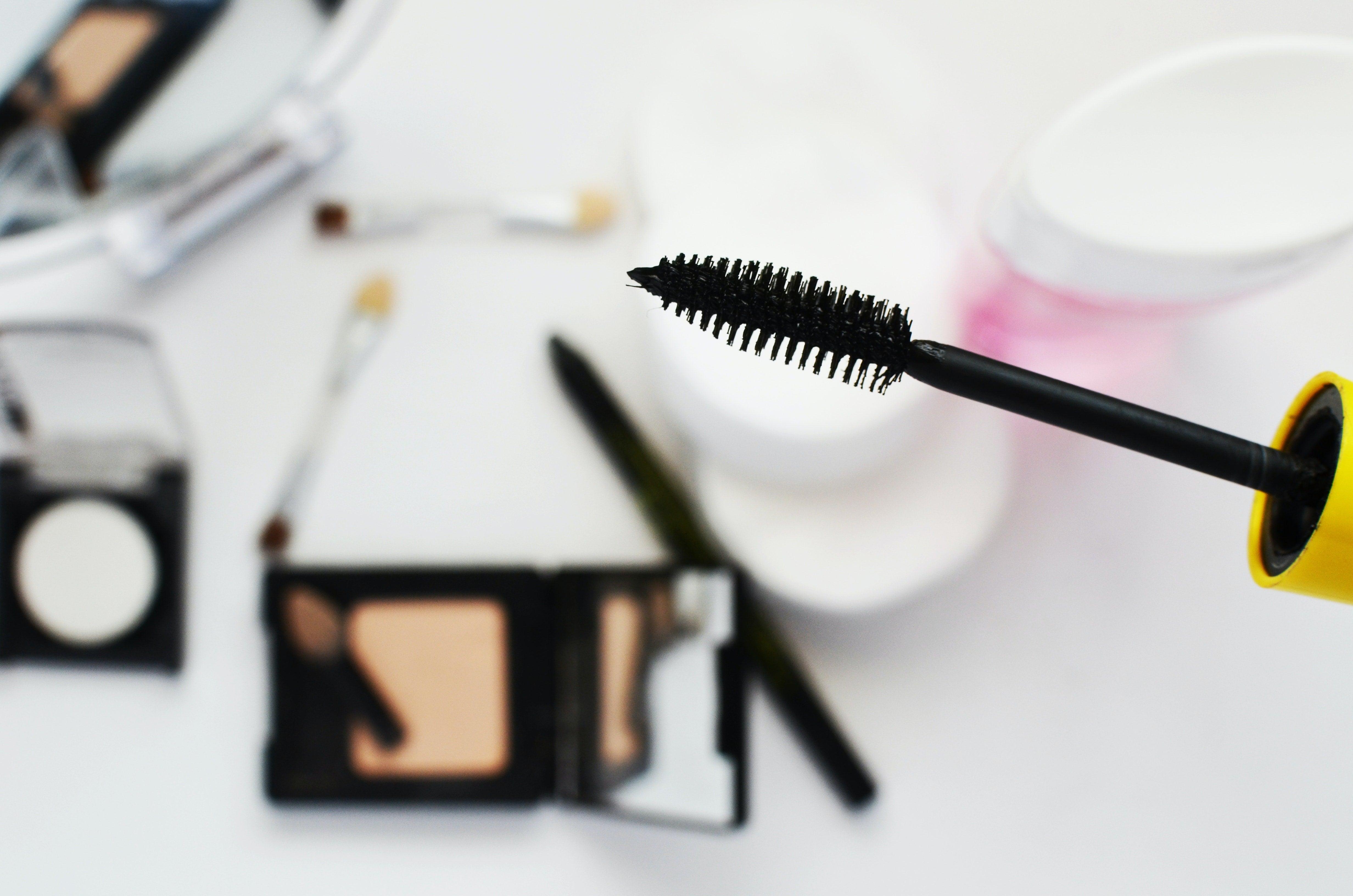 |
 |
Industry |
- Packaging films
- Insulation
|
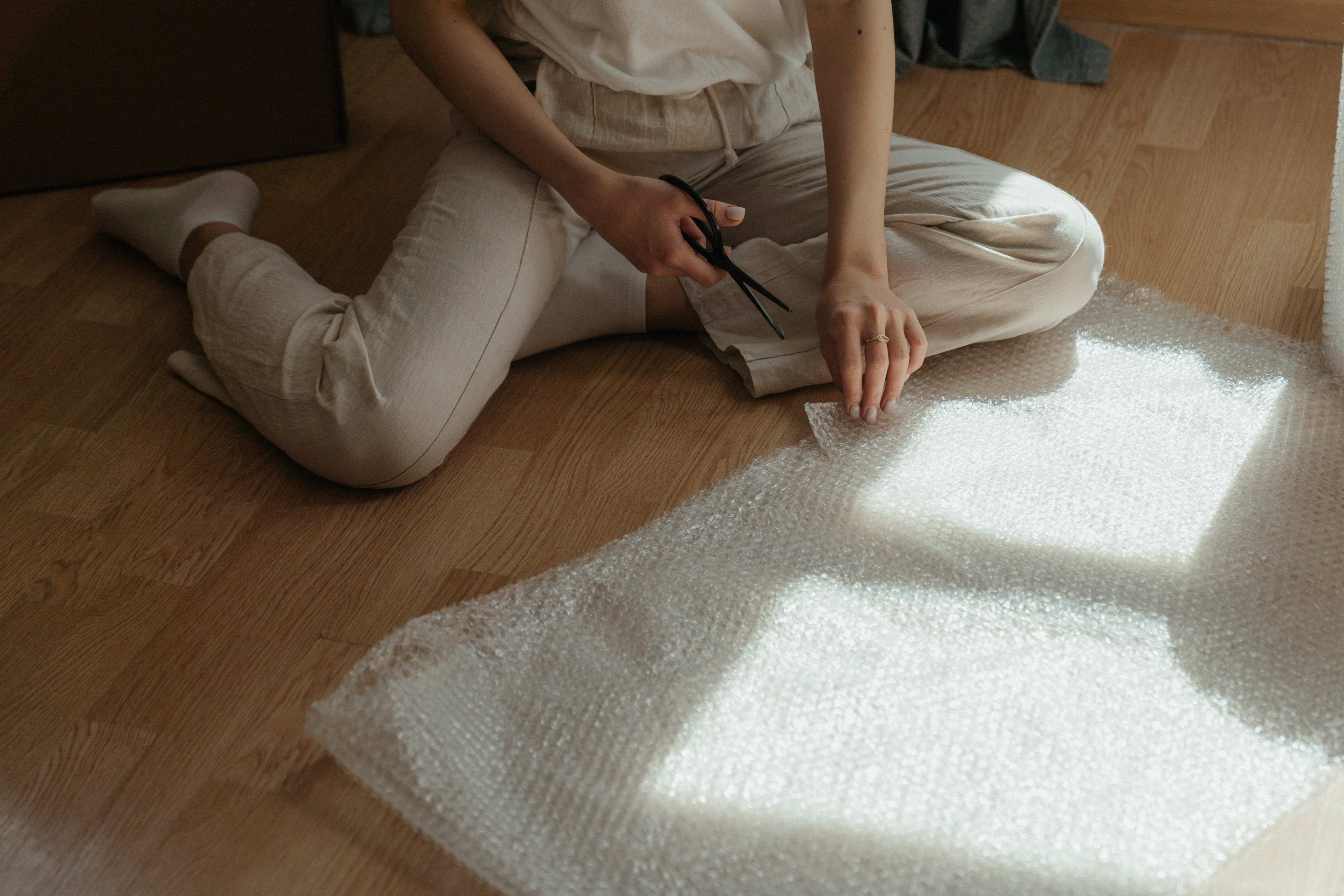 |
|
|
|
|
Usability |
|
 |
Hygroscopy |
- Highly hygroscopic but absorbs less than PA6
|
 |
 |
Resistance to Elemental Degradation |
- Resistant to degradation in heat
- Fares decently under UV light
|
 |
 |
Resistance to Chemicals |
- Degrades only in strong acids and bases
|
 |
|
|
|
|
Printability |
|
 |
Resistance to Warping and Shrinkage |
|
 |
 |
Bed Adhesion |
- Heated, stickier beds help to reduce warping
|
 |
 |
Melt Temperature Range |
- 255°C - 270°C
- 491°F - 518°F
|
![]() |
 |
Smells |
- Emits a strong sweet/burnt smell when melted
|
 |
 |
Post-Processing Ability |
- Easy to dye and paint due to high hygroscopy
|
 |
 |
Abrasiveness to Print Nozzle |
|
 |
 |
Cost to Purchase |
- ~130 USD for a 1kg, 1.75mm spool
|
 |
|
|
|
|
Safety and Environmental |
|
 |
Toxicity when Solid |
|
 |
 |
Toxic Gasses when Melted |
|
 |
 |
Food Safety |
- Safe if kept pure and uncontaminated. 3D printed parts are not food safe
|
 |
 |
Made from Renewable Materials? |
|
 |
 |
Recyclability |
- Possible to recyclable, but more difficult than PA6
|
 |
HIPS (High Impact Polystyrene)
|
Common Uses |
|
 |
Consumer |
|
 |
 |
Industry |
- Models
- Prototypes
- Indoor signage
|
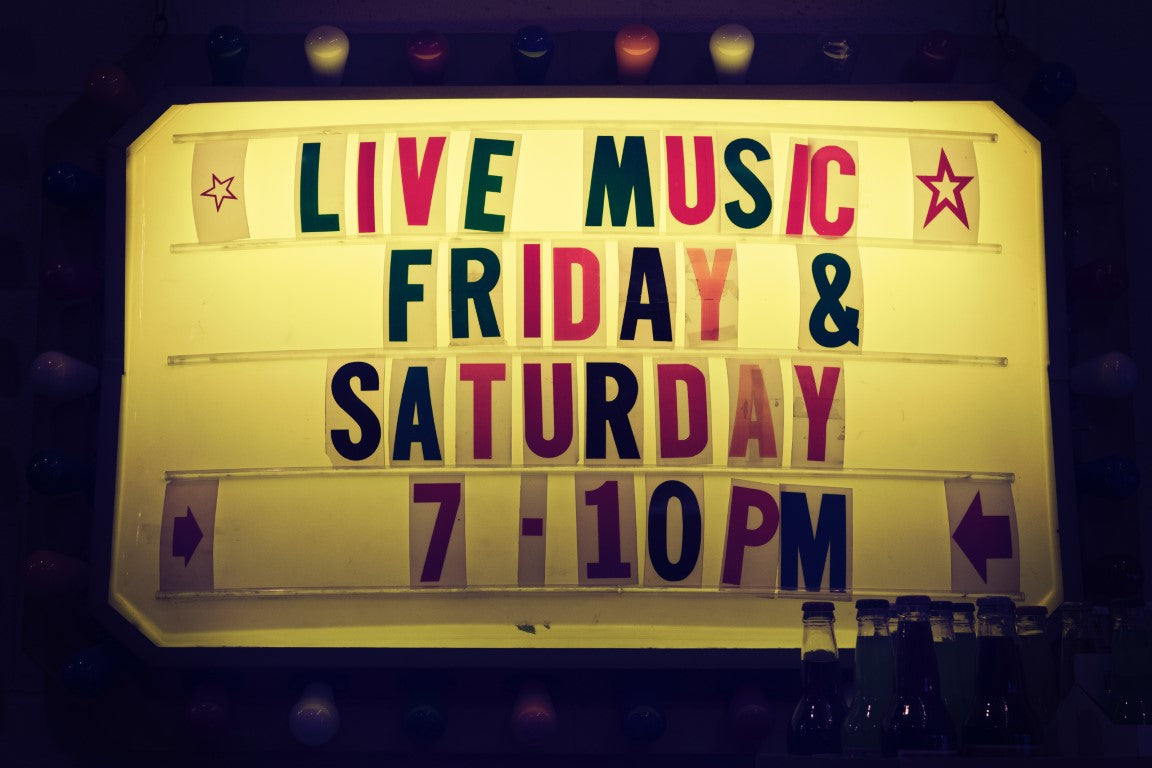 |
|
|
|
|
Usability |
|
 |
Hygroscopy |
|
 |
 |
Resistance to Elemental Degradation |
- Degrades under moderate heat
- Fares poorly under UV light
|
 |
 |
Resistance to Chemicals |
- Resistant to acids, bases and mineral oils
- Soluble in D-limonene and other solvents
|
 |
|
|
|
|
Printability |
|
 |
Resistance to Warping and Shrinkage |
- Warps when the bed is not heated enough
|
 |
 |
Bed Adhesion |
- Needs a heated bed, ideally with first-layer adhesive
|
 |
 |
Melt Temperature Range |
- 220°C - 240°C
- 428°F - 464°F
|
![]() |
 |
Smells |
- Emits a strong, sweet, toxic smell when melted (styrene). Use adequate ventilation while melting
|
 |
 |
Post-Processing Ability |
- Easy to machine, glue, and paint
|
 |
 |
Abrasiveness to Print Nozzle |
|
 |
 |
Cost to Purchase |
- ~22 USD for a 1kg, 1.75mm spool
|
 |
|
|
|
|
Safety and Environmental |
|
 |
Toxicity when Solid |
|
 |
 |
Toxic Gasses when Melted |
- Offgasses styrene, which is a hazardous VOC (Volatile Organic Compound). Use adequate ventilation while melting
|
 |
 |
Food Safety |
- FDA-compliant for direct food contact. 3D printed parts are not food safe
|
 |
 |
Made from Renewable Materials? |
|
 |
 |
Recyclability |
|
 |







































































